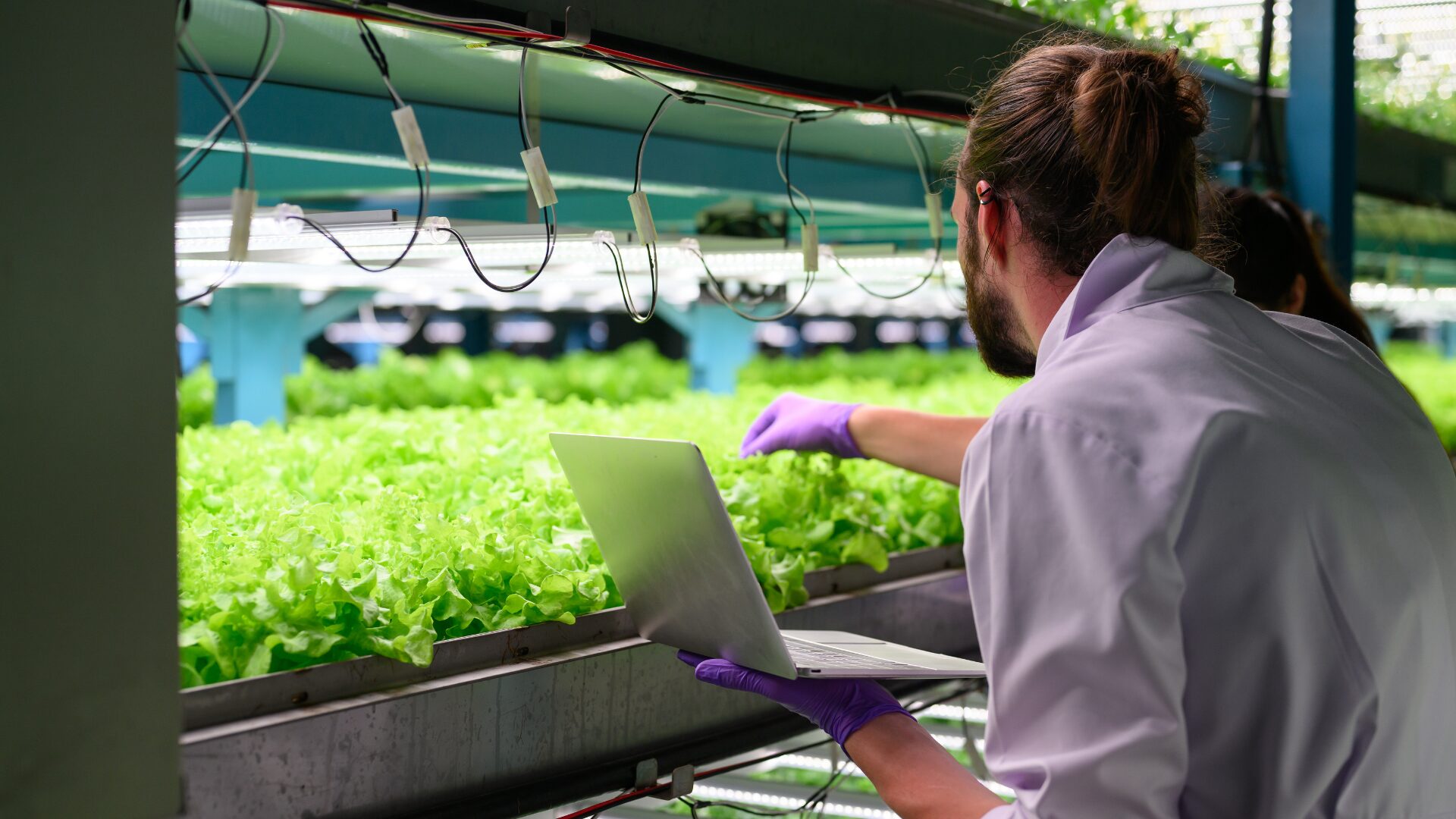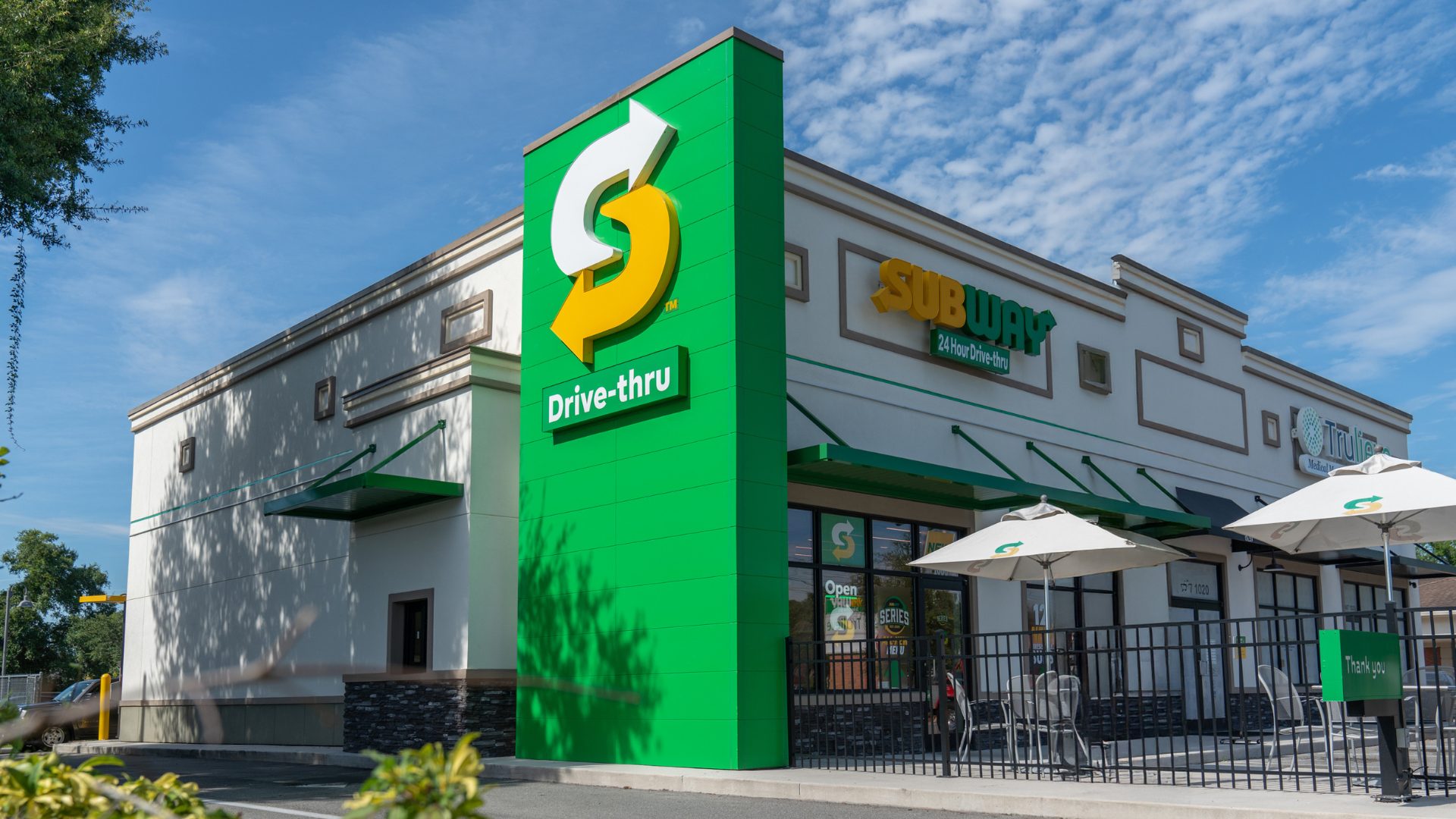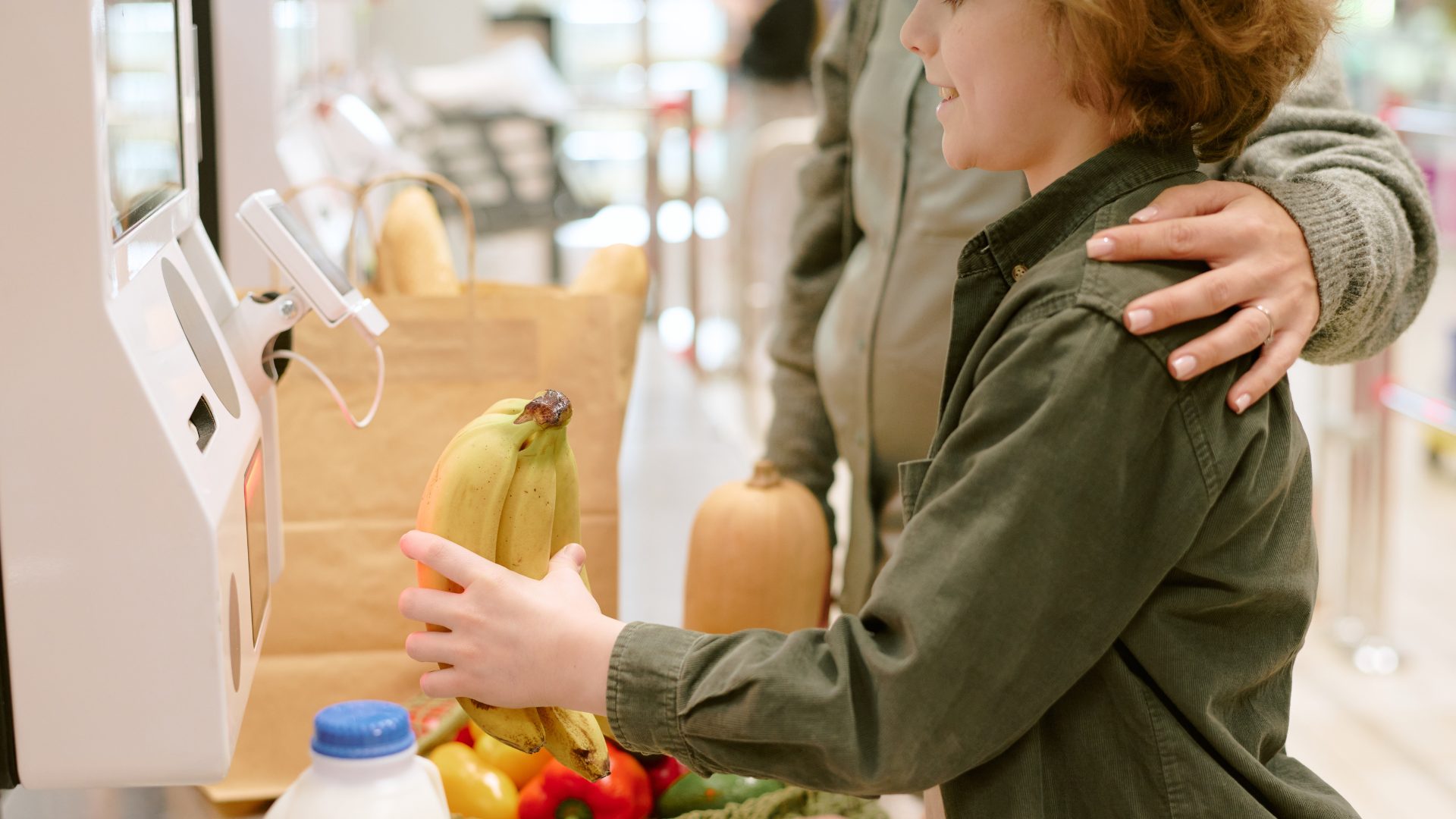As the world grapples with food insecurity, climate change, urbanization, and resource depletion, vertical farming (VF) has emerged as both a technological marvel and a financial puzzle.
By growing crops in stacked layers within climate-controlled environments, VF offers the promise of a more resilient food system – one that uses less land and water while producing food closer to consumers. Yet, despite billions in investments, the industry remains constrained by high operational costs, limited scalability, and energy-intensive production.
The global vertical farming market is valued at $5.5 billion in 2024 and is projected to reach $20 billion by 2030, growing at a CAGR of 25%. However, its current footprint remains small, accounting for less than 1% of global vegetable production.
VF’s primary success stories remain in high-income, urbanized markets, where consumer demand for locally grown, pesticide-free produce justifies the high costs. Yet, even in these regions, failures such as AeroFarms, Fifth Season, and Bowery Farming in the U.S. highlight the industry’s fragility. Meanwhile, expansion into emerging markets is constrained by infrastructure limitations and lower purchasing power.
The Food Institute’s latest monthly report considers the industry’s current health while imagining what’s in store for the future.
The following concepts preview some of the major themes considered in the report.
From 2025 to 2035, the trajectory of vertical farming will be shaped by a confluence of geopolitical, economic, technological, and environmental factors.
Today’s Industry Limitations
VF has primarily focused on cultivating leafy greens and herbs; however, production has ramped up for microgreens and, to a lesser extent, strawberries. These crops are well-suited to controlled environment agriculture due to their short growth cycles and high market value. The microgreens market is showing promise: it was valued at approximately $1.8 billion in 2022 and is projected to reach $2.6 billion by 2031, growing at a CAGR of 11% during the forecast period.
Strawberries are less commonly produced in vertical farms due to their more complex cultivation requirements and longer growth cycles; however, advancements in VF technologies are gradually making strawberry cultivation more feasible, with brands like Oishii already enjoying success.
The Pricing Conundrum
In North America, the cost of producing fresh greens varies significantly across different farming methods. AgFunderNews data reports the following approximations:
- Conventional Outdoor Farming: $0.65 per pound.
- Hydroponic Greenhouse Farming: $2.33 per pound.
- Vertical Farming: $3.07 per pound.
Vertical farming is more expensive than traditional methods due in large part to higher energy and infrastructure costs. The “best-case scenario” dictates that, by 2035, a technological renaissance means VF will thrive from cost reductions and widespread government support. Automation and AI are particularly promising when considering labor need minimization.
Key Global Trends Affecting Vertical Farming (2025–2035)
- Climate Change and Resource Scarcity: By 2035, over 50% of the world’s population will live in water-stressed regions. Extreme weather events, soil degradation, and desertification will increase the need for climate-resilient farming methods.
- Urbanization and Changing Consumer Preferences: By 2030, 68% of the global population will reside in cities. The rise of functional foods, food traceability, and farm-to-table movements will fuel demand for premium, locally grown produce.
- Energy Costs and Sustainability: Data from the 2023 CEA Global Census found that VF remains 4–10x more energy-intensive than traditional greenhouse farming. Adoption of renewable energy solutions and energy-efficient LEDs will be critical to profitability.
- Policy and Government Support: Some regions, particularly Europe and Asia, will introduce carbon credits, water efficiency incentives, and urban food production mandates to support VF. In contrast, regions with subsidized field agriculture (e.g., parts of North America and Latin America) will pose challenges to VF’s competitiveness.
To learn about what these trends could mean for the future of vertical farming, become an FI member to access all our monthly reports.
The Food Institute Podcast
When it comes to data in the food-away-from home sector, what are the major challenges and opportunities companies are facing today? Tibersoft’s Chris Hart joined The Food Institute Podcast to discuss how collaboration and data interoperability will be a key theme for the foodservice sector in the years to come.










